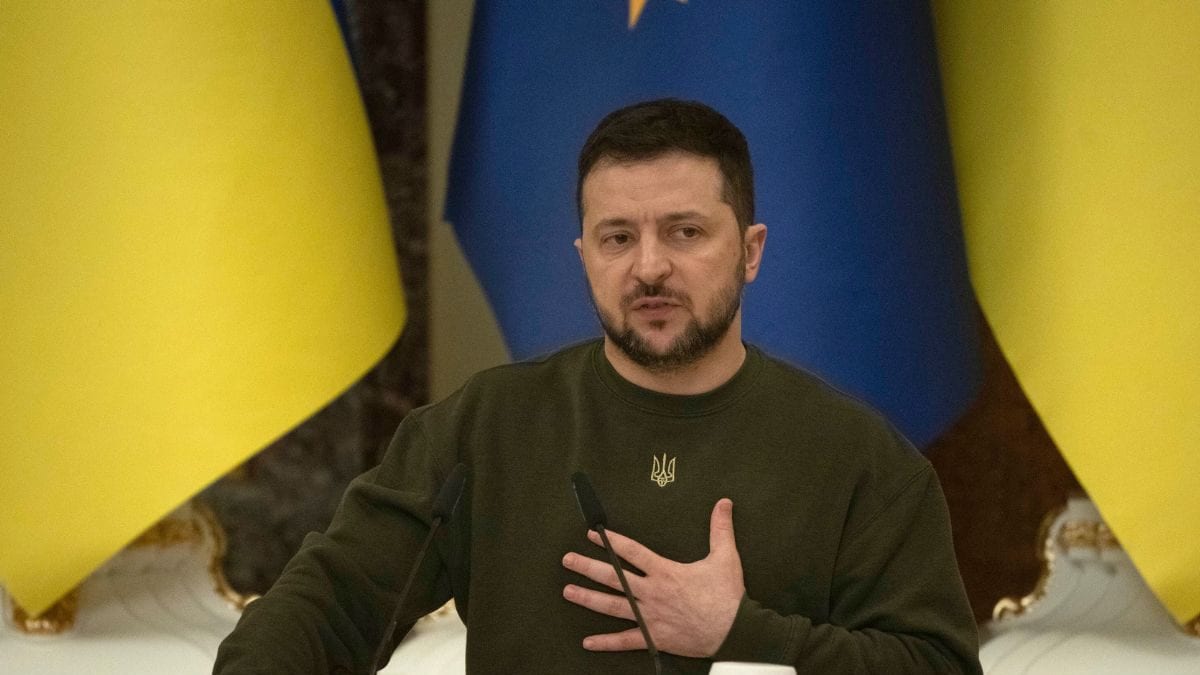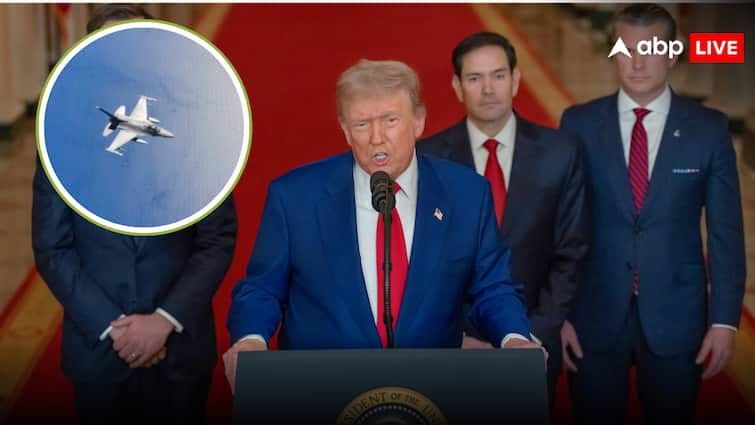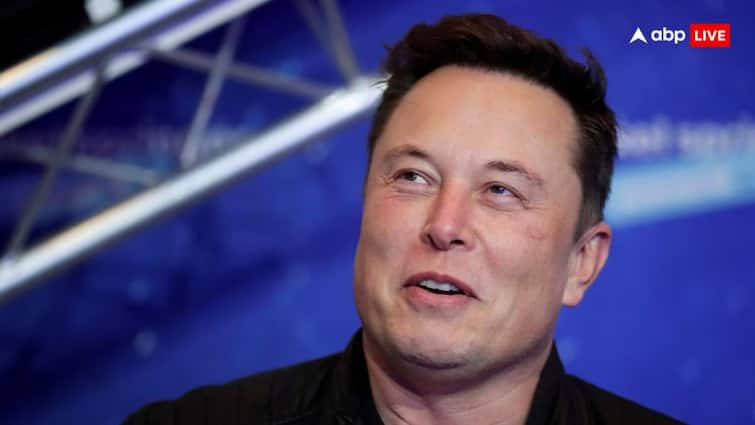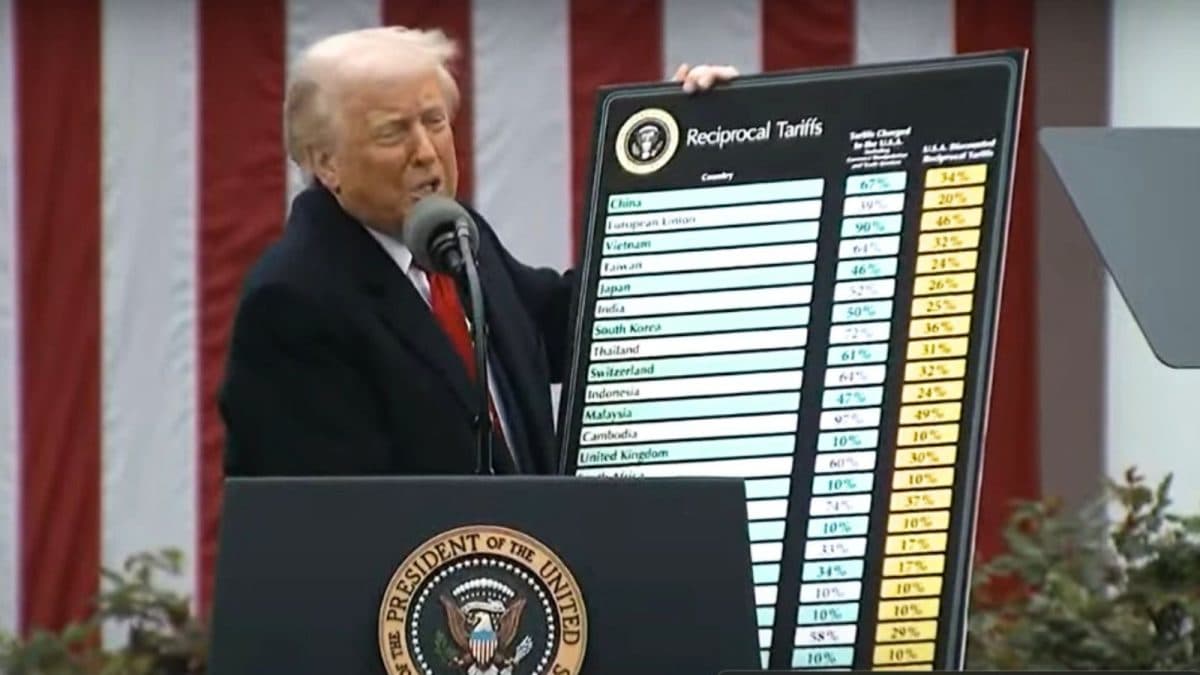- May 20, 2023
G7 Summit in Japan: Zelensky Meets Leaders as Ukraine Wins Access to US Fighter Jets F-16

President Volodymyr Zelensky huddled with G7 leaders on a landmark visit to Hiroshima Saturday, securing long-sought access to US fighter jets and mounting a diplomatic offensive.
Zelensky’s surprise summit appearance is his furthest foray from Kyiv since Russia’s invasion began 15 months ago, and offers a chance to confer not only with allies but unaligned powers including India and Brazil.
His bold diplomatic gambit appeared to have paid off.
Zelensky won a “historic” White House decision allowing Kyiv to acquire F-16 fighter jets, the most sophisticated material yet supplied by the West, with the promise of more to come.
Zelensky said the jets would not help the war effort immediately, but the decision was “a great result”.
“I’m very happy,” he said, as he held a string of meetings with G7 leaders, including those from Italy, Britain, France and Germany.
“It really will help our society, our people to save houses, families.”
The trip is an opportunity to press his plan for a peace process contingent on Russian withdrawals, and woo powers like India and Brazil which have not condemned Moscow’s war.
Prime Minister Narendra Modi met Zelensky for the first time since the war began and offered some measure of support.
“I understand your pain and the pain of Ukrainian citizens very well,” Modi said. “I can assure you that to resolve this India and, me personally, will do whatever we can do,” Modi said.
Zelensky “thanked India for supporting the territorial integrity and sovereignty of our country”, according to Ukrainian officials.
A diplomatic source said Brazilian president Luiz Inacio Lula da Silva also planned to speak to Zelensky, despite previously accusing the West of “encouraging the war”.
After a bloody winter of fighting that saw Russian gains in the eastern city of Bakhmut, Ukraine’s forces have regrouped for a counteroffensive but they remain dependent on the flow of Western weaponry.
Military experts say the aircraft would be a significant upgrade from Ukraine’s ageing Soviet-era fleet, offering greater ability to eventually strike targets in the air or on the ground.
They are also a potent symbol of Western support for Ukraine, forestalling any talk of waning interest as the conflict grinds on.
Mick Ryan, a strategist and retired Australian major general, called the decision “very significant”.
“F-16s have the sensors and weapon systems that are either equal to, or overmatch, Russian fighters,” he told AFP, saying the jets would make life “more difficult” for Russian missile-launching aircraft operating in and around Ukraine.
Russia’s top diplomat accused G7 leaders of a determination to “contain” both Russia and China.
Russia was exiled from the then-Group of Eight in 2014, when President Vladimir Putin’s forces annexed Crimea.
– ‘Deter and defend’ –
Until now, US President Joe Biden had effectively vetoed the transfer of US-made F-16s, with officials citing long pilot training times and the risk of escalating the conflict with Russia.
US National Security Advisor Jake Sullivan insisted there had been no about-turn in US policy, and the decision was based on the “exigencies of the conflict”.
He added that Ukraine had committed to not using US military equipment to hit targets inside Russia.
“We are going to do everything we can to support Ukraine in its defence of its sovereignty and territorial integrity, and we are also going to proceed in a way that avoids World War III,” he said.
With the US veto lifted, Prime Minister Rishi Sunak quickly announced that Britain would “work together with the USA and the Netherlands, Belgium and Denmark to get Ukraine the combat air capability it needs”.
– ‘Militarisation’ –
Ahead of Zelensky’s arrival, G7 leaders had also taken aim at China, denouncing efforts to “weaponise” trade and supply chains, saying they would “fail and face consequences” — a thinly veiled swipe.
The group said it would also address vulnerabilities in supply chains for “critical goods” like minerals, semiconductors and batteries.
“What we have done over 20 years with China, encouraging development, was right, but maybe we should have been more careful on critical material, supply chains and those elements,” an EU official said.
The grouping also warned China against its “militarisation” in the South China Sea and urged Beijing to press Russia to end its invasion of Ukraine.
The G7 insisted however that it still seeks “constructive and stable relations” with China.
China hit back late Saturday, expressing its “strong dissatisfaction” with the G7’s final communique.
(This story has not been edited by News18 staff and is published from a syndicated news agency feed – AFP)







